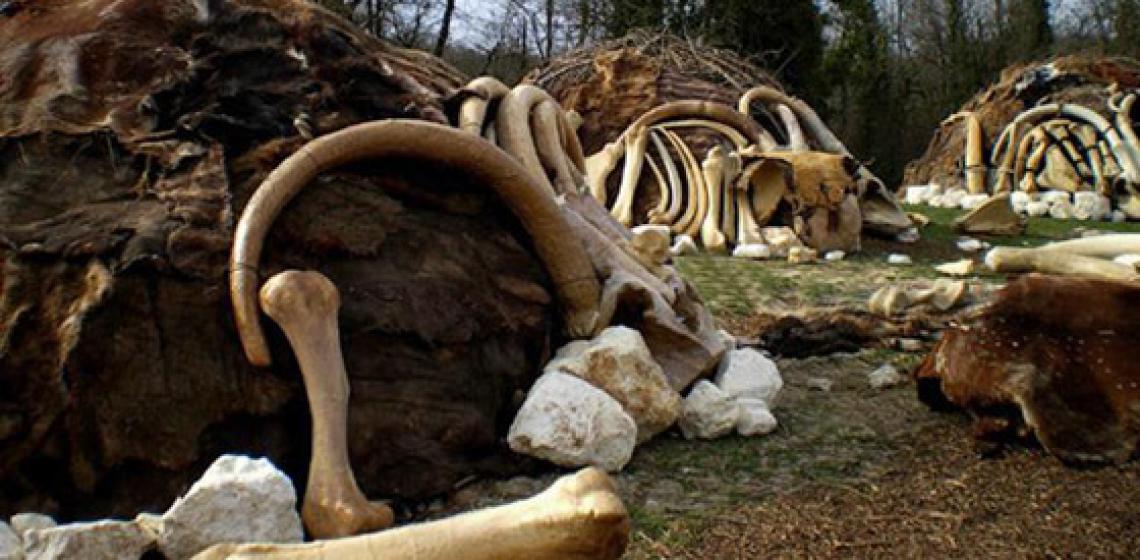
The Paléosite de Saint-Césaire is an interactive and modern museum, a combination of indoor and outdoor. July 1979 at archaeological excavations, bones of a young Neanderthal woman of 35,000 years old were found here, then named Pierette. The discovery led to new ideas about the Neanderthal people and the succession by modern home sapiens in Western Europe.
The Centre of Prehistory stretches over a 10 hectare park and a 2000 square metres inside exhibition. On arrival, you first visit the original excavation, followed by a visit to the interior exhibition. This consists among others of a time machine, lots of multimedia, explanation about the Big Bang and models of various extinct animals. There is an amphitheatre with a 3D explanation of evolution and a show on a 15 metres panoramic screen of Neanderthal.
After the inside circuit, your visit continues outside to discover the different life-size traces of the prehistoric men: the trail of traces.
There are the long-term traces: in this area there is a reconstitution of the site of Saint Cesaire when Pierrette’s tribe lived here 35000 years ago. This is an interpretation of the long-term traces.
The disappeared traces is an outside exhibition that shows and interprets the disappeared traces: you can discover a camp of prehistoric hunters and the daily objects of a tribe. Finally, the archaeological traces show the traces discovered by the scientists as they were visible during the archaeological excavations.
